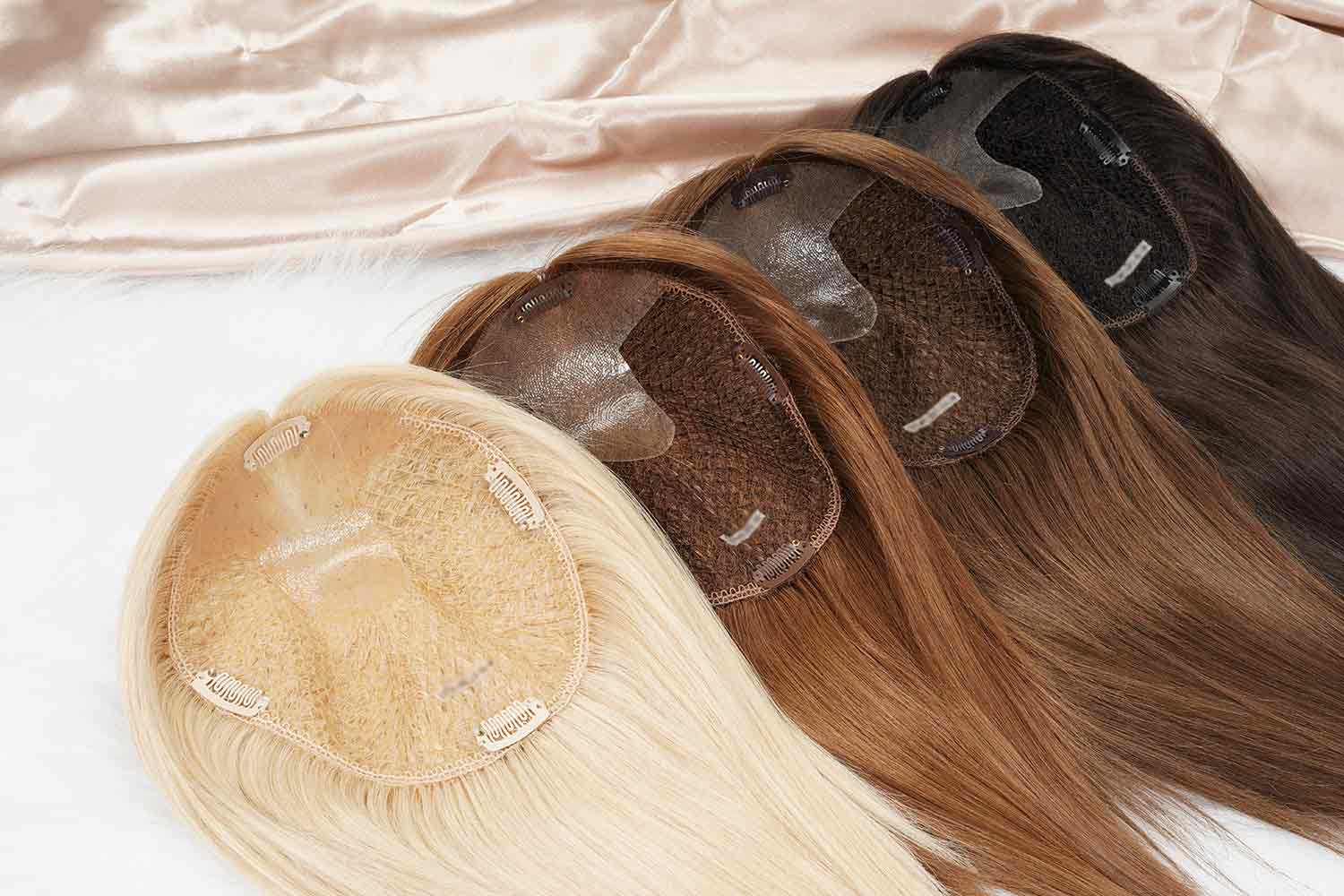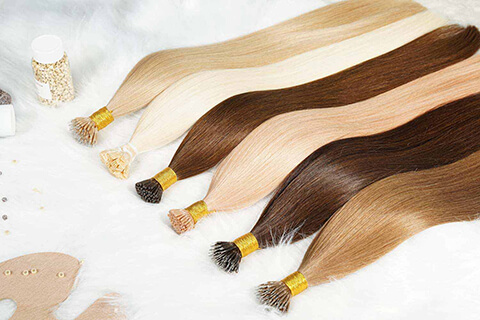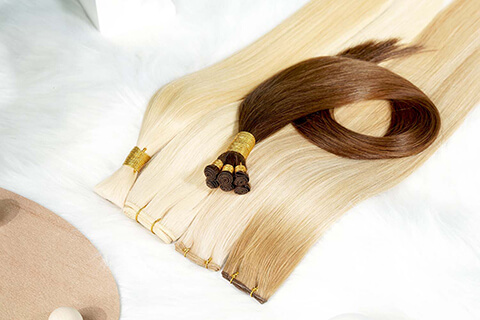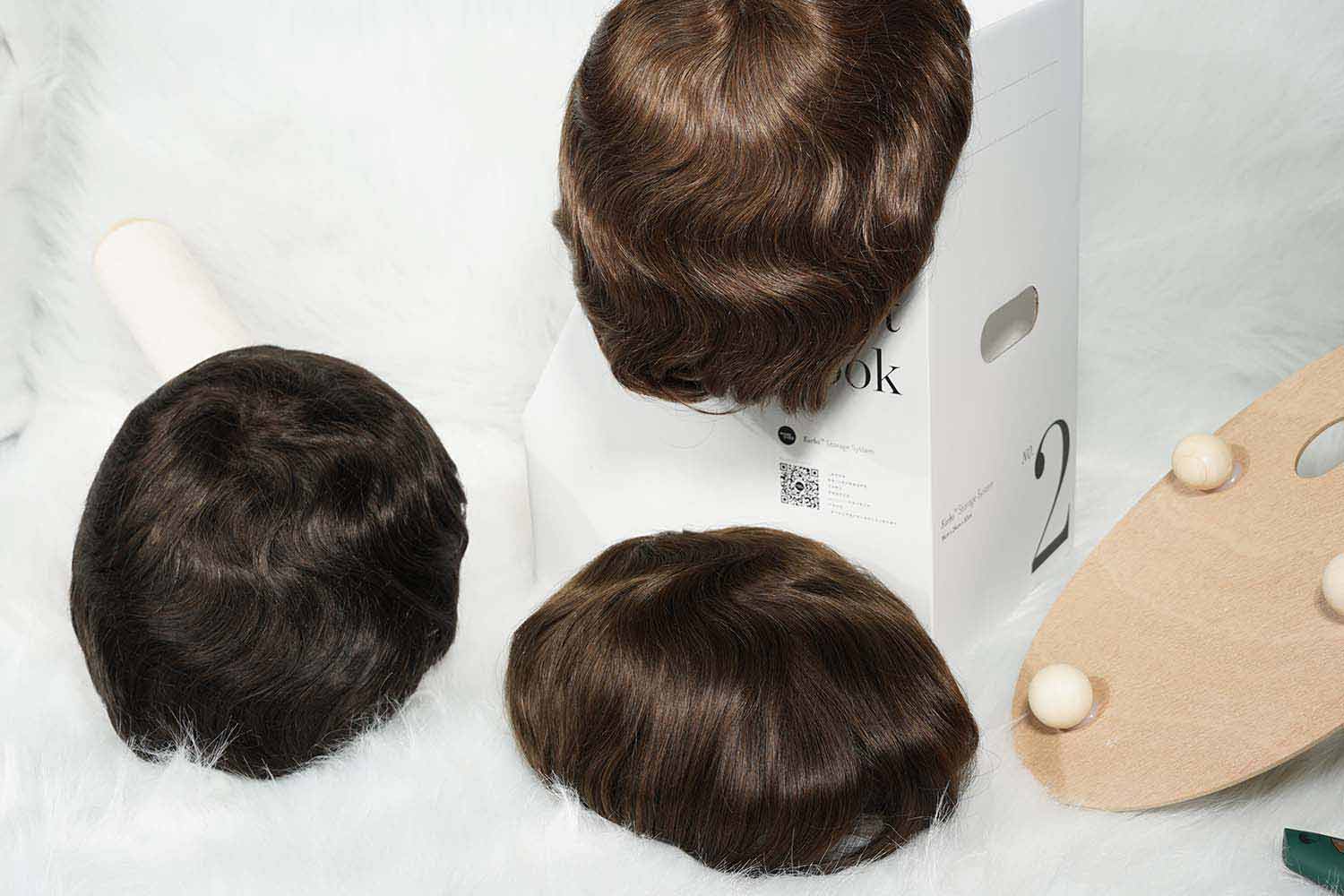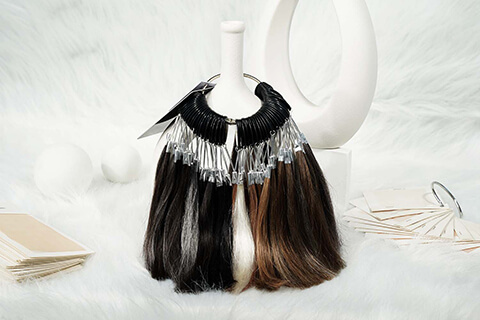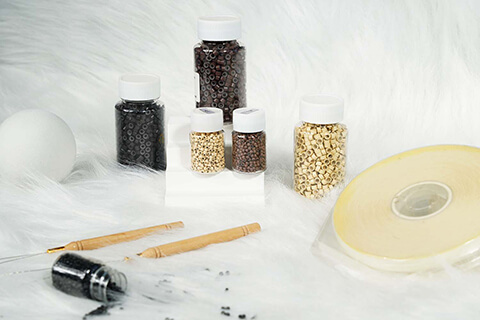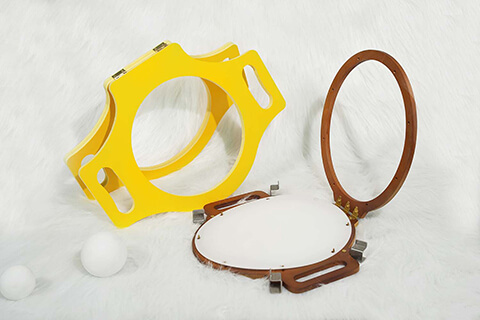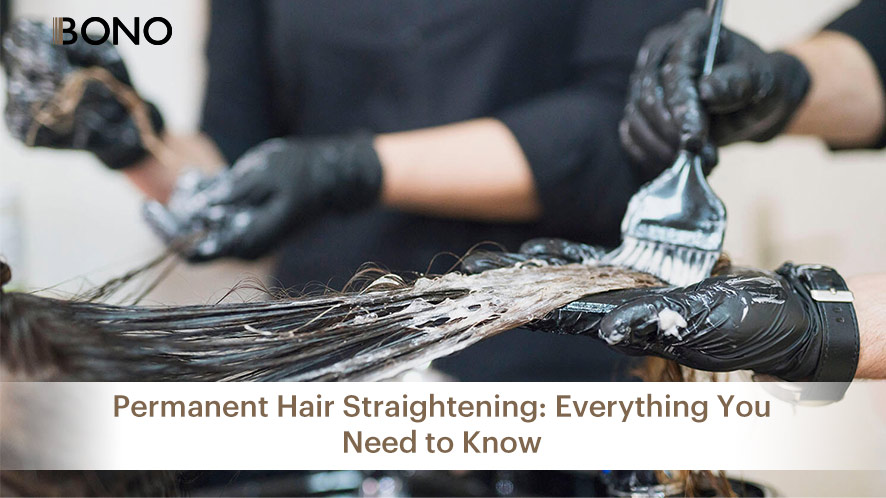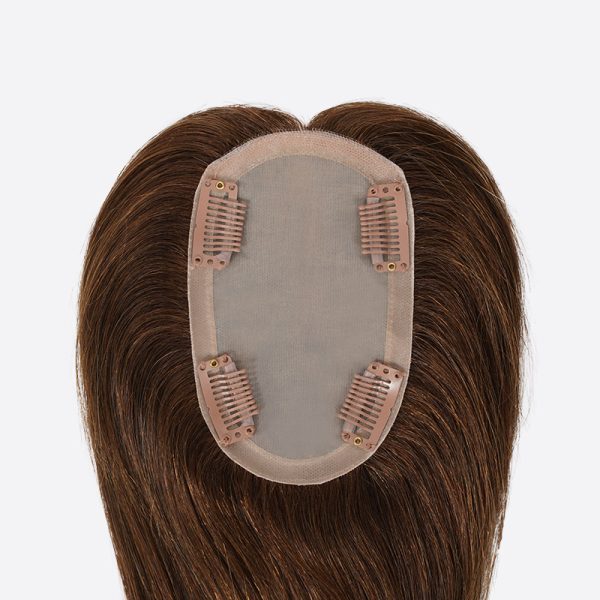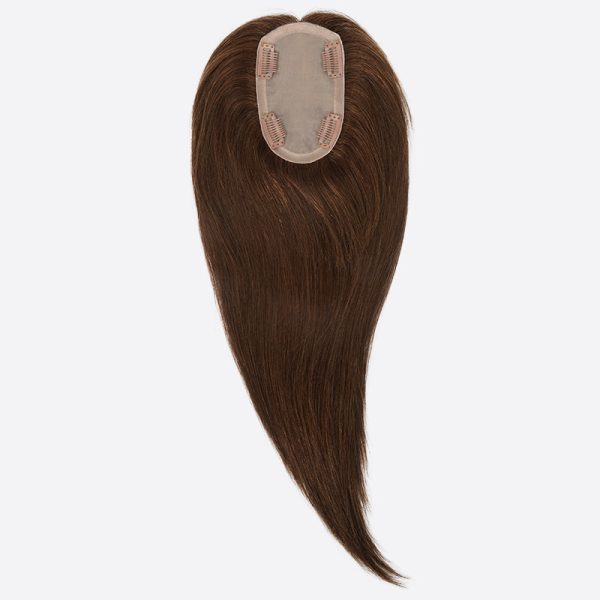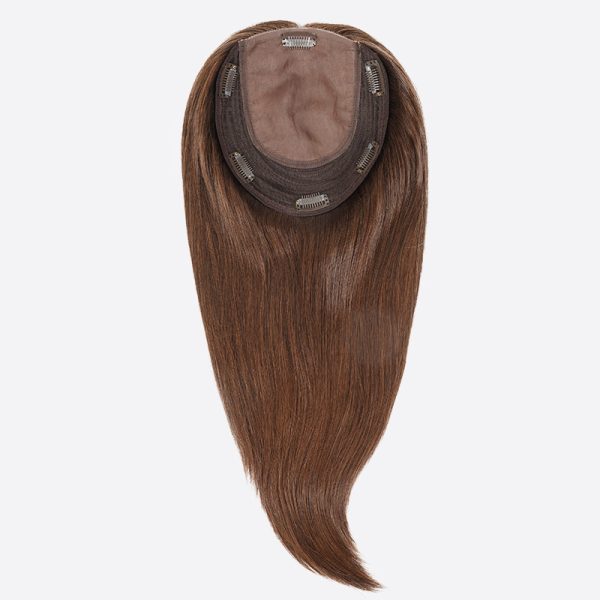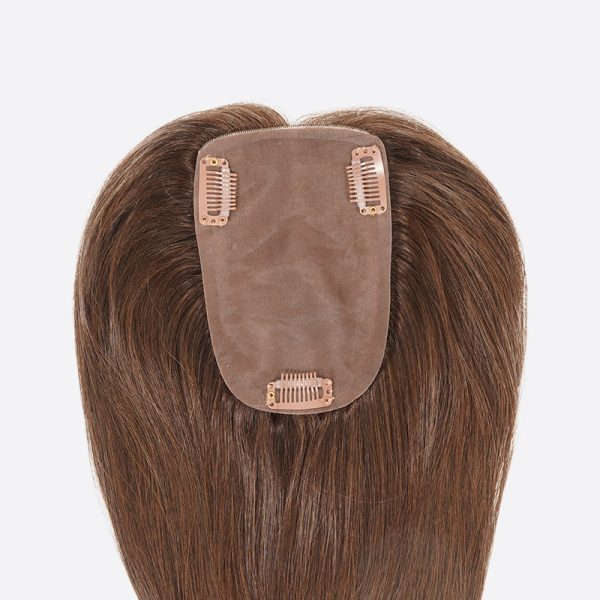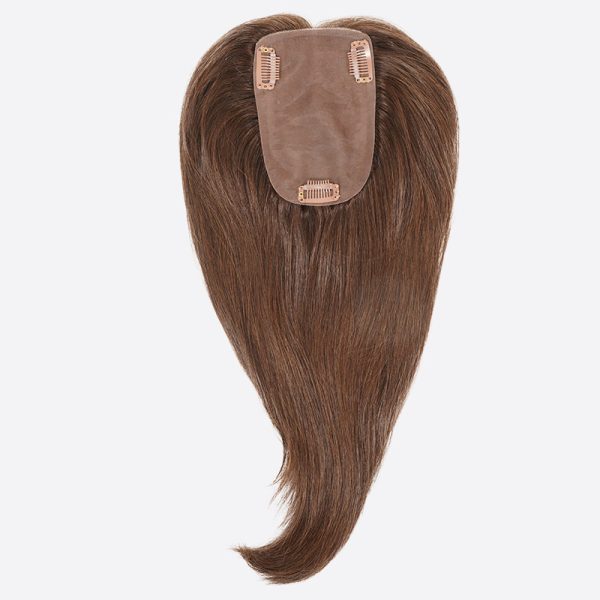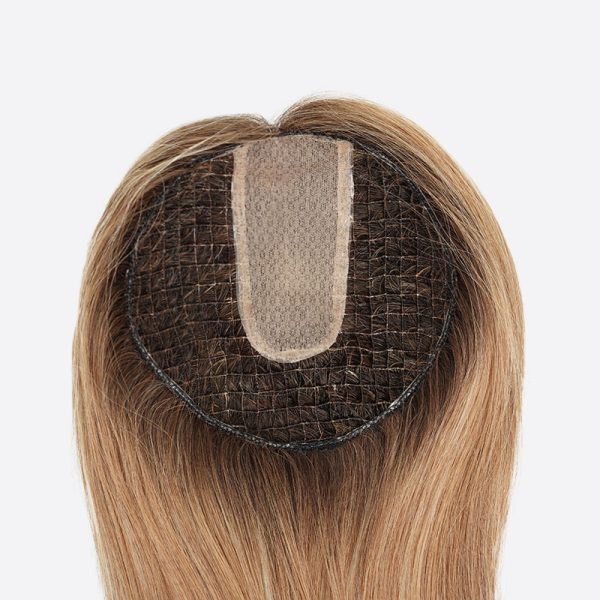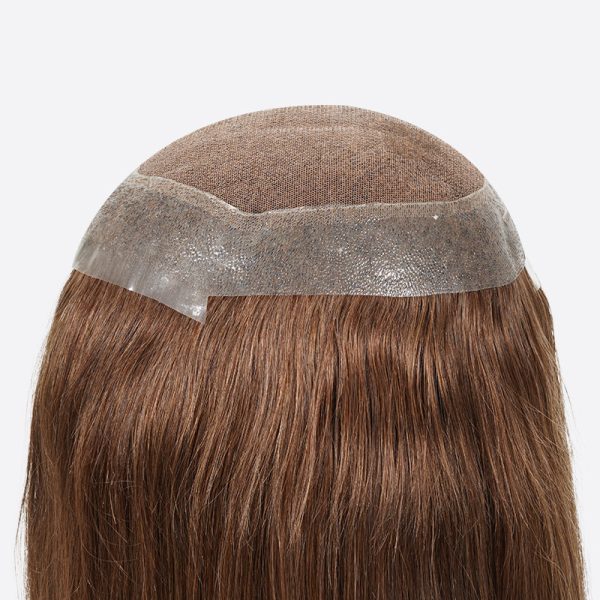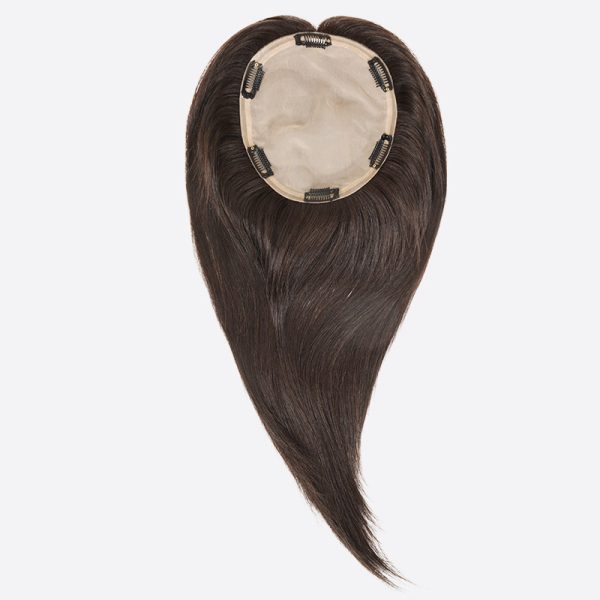Nowadays, there’s a big buzz about curls and waves. But not everyone is born with perfect ones. Then what about ladies who are tired of messy curls or who fancy a fresh look? They turn to different methods to straighten hair. Presently, we’ve got a variety of options, differing in duration from temporary to permanent ones; some involve heat, others chemicals. We’d love to share a quick rundown of these hair-straightening procedures. We will unwrap their benefits and drawbacks so you can nail down an ideal pick.
Introduction
Imagine waking up each day without the hassle of battling frizzy, tangled hair. Instead, you’re greeted with effortlessly smooth, straight locks. It might sound like a far-fetched dream, but permanent hair straightening has turned this fantasy into reality. This treatment has gained considerable popularity recently, offering a reprieve for those exhausted by the daily struggle of managing their hair. Say farewell to the endless cycles of detangling and taming unruly curls.
If you’re contemplating this game-changing treatment, you’re not alone. Permanent hair straightening can drastically simplify your hair care routine, giving you more time and confidence each morning. Here’s what you need to know about the process and how it can transform your daily hair experience.
Types of Permanent Hair Straightening Treatments
There are certain hair straightening treatments some of which we are going to discuss below.
1. Use Soap or Conditioner to Remove Glue
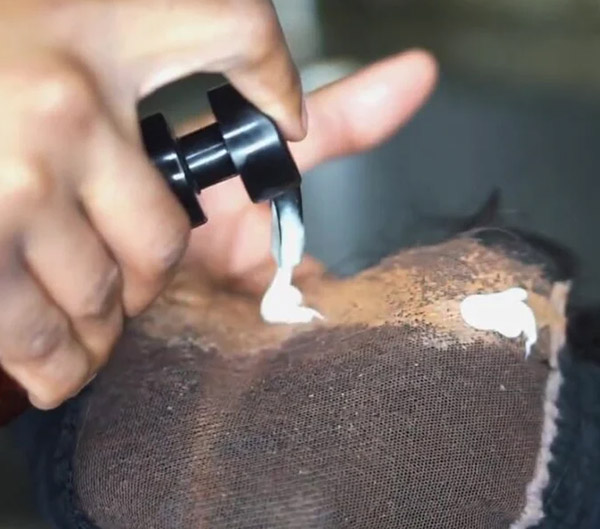
Many people love hair extensions. They give us more hair and make it look real. But some extensions needed glue to stay on. This makes people worried. They don’t want to ruin their real hair when they take off the glue. They’re scared and don’t know the best way to do it.
Do you want to get rid of hair glue? Shampoo and conditioner can help. You mix these two together and then slather this concoction on wet hair. It helps to soften your hair and loosen that sticky glue. Make sure you generously apply the conditioner, especially on those glue-rich spots. Then, you gently scrub the glued patches. Next, put on a shower cap and wait for about 15 to 20 minutes. When time’s up, rinse your hair.
2. At-Home Perms
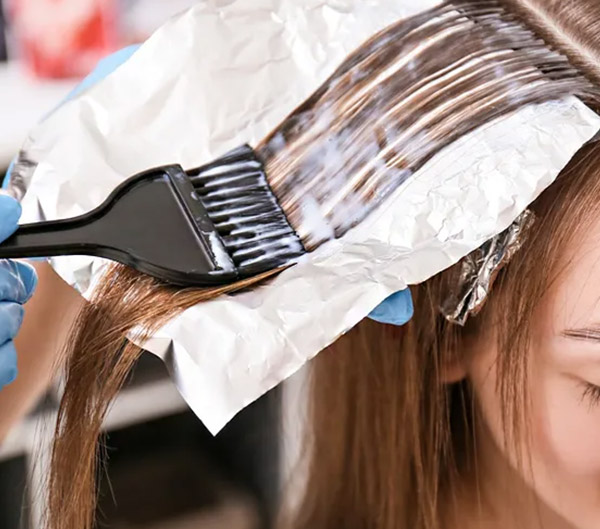
Are straight and curly hairstyles your thing? We get it — you like mixing it up. Maybe you’ve got perms and feel like a change is due. Ever thought about doing a reverse perm at home? This involves using a special solution to straighten your curly perms safely. Doing a reverse perm is not just successful but convenient too. It’s lighter on the wallet compared to a salon visit.
Want to straighten your permed hair at home? Start by prepping your hair, preferably unwashed to protect your scalp with its natural oils. Towel dry and divide your hair into 4-6 sections, making smaller subsections if you have thick hair. Before applying any chemicals, do a patch test and protect your skin with Vaseline around your hairline and ears. Apply the perm solution from roots to tips, combing it through evenly. Wrap the ends with paper and clip them down to help straighten the hair. After applying the solution, follow up with a neutralizer, then rinse thoroughly with lukewarm water, avoiding shampoo or conditioner unless recommended.
Once rinsed, gently towel dry your hair and let it air dry naturally. If needed, use a hairdryer on the lowest setting. For long-lasting results, use a flat iron, setting the heat between 250-300°F for fine hair or 350-400°F for thicker hair. Handle your hair gently to avoid breakage. After straightening, avoid washing or tying your hair for 48 hours to prevent any unwanted kinks. By following these steps, you can achieve sleek, straight hair from the comfort of your home.
Duration
Usually, hair stays straight this way until new growth comes in. Still, as new locks appear, they’ll be normal in form. So, if you want consistently straight hair, you’ll need to keep up with this method time after time.
Cost
You can purchase products to relax your hair, similar to those used in salons, from drugstores and beauty stores. These items are marketed as providing results comparable to a professional perm. However, achieving the best results can be challenging without specialized training. Home perm kits typically start around $15.
Pros
- Economical DIY kits for straightening hair are available at drugstores.
- They promise ease of use.
- No lengthy salon visits are required.
Cons
- Home hair straightening treatments generally don’t match salon results.
- They can potentially damage your hair as much as, or even more than, professional treatments.
3. Keratin Straightening
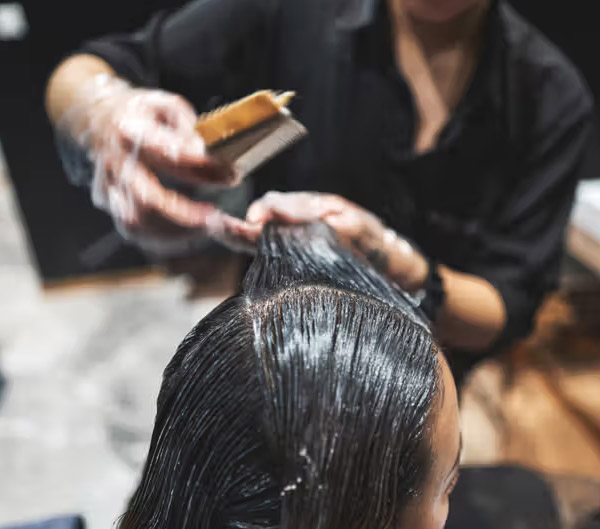
Keratin straightening involves applying a keratin solution to the hair, which helps smooth the hair cuticle. The solution is then sealed in with a flat iron, creating a temporary straightening effect that can last several weeks to months.
Duration
Keratin hair procedures and Brazilian straightening techniques mean the same thing. Both are ways to get straighter hair for 4 to 6 months.
Cost
This method often requires several salon visits to complete, with the total cost typically exceeding $150.
Pros
- Keratin treatments are recognized for enhancing hair health.
- They can last for about 4 to 6 months, which is longer than many other straightening methods.
Cons
- Keratin treatments gradually fade over time.
- New hair growth at the roots may not match the treated hair, leading to a noticeable difference.
- Despite claims of being gentle, many keratin treatments still contain harsh chemicals.
4. Japanese Thermal Straightening
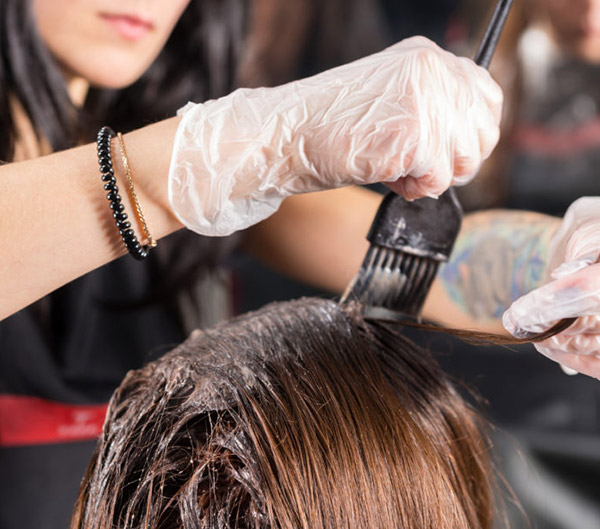
Japanese hair straightening is a bit like a straight perm. It uses a special solution to change your hair’s structure. This makes your curly hair super straight after flattening it with an iron.
Here’s how it works: first, you put the solution on your hair and let it work for about half an hour. Then, rinse it out. Next, you blow-dry your hair and straighten it section by section. This helps smooth your hair and get rid of frizz. You then apply a neutralizer to lock in the sleek style.
Duration
Among all hair procedures, Japanese straightening lasts the longest. It can keep going from half a year to about two-thirds of a year.
Cost
The cost of Japanese hair straightening generally falls between $450 and $800, with the price varying based on your hair’s type, length and texture.
Pros
- Japanese hair straightening simplifies hair care.
- The results are long-lasting, typically keeping hair straight until new growth appears.
Cons
- It involves harmful chemicals that can be inhaled or absorbed through the skin.
- The process is costly and time-consuming.
- Multiple touch-ups may be required each year to maintain results.
5. Hair Rebonding
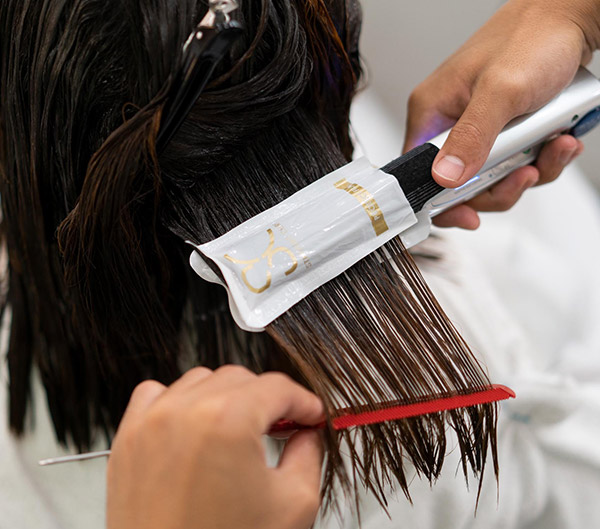
Hair rebonding uses chemicals to straighten hair. It first breaks down the hair’s makeup, then rebuilds it. Your hair ends up soft and straight. A salon trip for this process is around 3 hours, though it varies based on hair type. Factors include length, thickness, and natural curl. Curlier hair generally needs more time and stronger chemicals.
Duration
Once hair has been treated, it stays straight until new growth appears. Similar to when you relax your hair, the new growth will retain its natural texture. This may seem mismatched with the straightened hair. It’s here that you must choose – will you redo the treatment or let your hair grow naturally?
Cost
Hair rebonding treatments typically cost between $250 and $1000.
Pros
- Eliminates frizz and straightens hair.
- Provides enduring results until new hair grows.
Cons
- Formaldehyde exposure in this process can increase health risks, including respiratory issues and breast cancer.
- Styling can be challenging until new hair grows.
- This method straightens hair more intensely than other techniques, potentially causing greater damage.
How Permanent Hair Straightening Works
Ever wondered how hair straightening treatments work? It’s science, really! A chemical solution, like what you’d find in an old-fashioned perm, gets into your hair. This interrupts the ties that make your hair curl naturally. After these links are snapped, your hair shifts into a straight form. The last thing they do is put on a kind of neutralizer. This helps your hair keep its new straight shape and keep its structure steady.
Side Effects
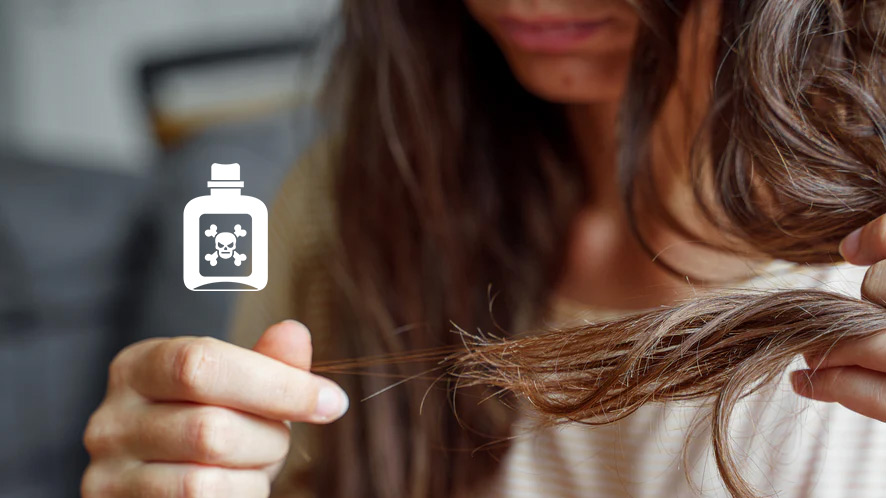
It’s quite common to notice hair breakage after getting a permanent straightening treatment. The chemicals in the treatment work by disrupting your hair. This gets the hair to lay flat and let go of its natural waves. Once this happens, you may find it’s not as easy to style your hair, and it even takes longer to dry. As it grows out, you’ll start to see new healthy hair. Most straightening solutions contain Formaldehyde, a harmful chemical.
A 2021 research found high levels of Formaldehyde in straightening treatments posing health risks. By putting Formaldehyde on your hair and breathing in its fumes, you might encounter a few tough side effects. These include difficulty in breathing, nose and eye irritation, skin redness and tenderness, and even an increased chance of getting breast cancer.
What about Non-Chemical Ways of Straightening Hair
There are simple ways to get straight hair without harsh methods.
● Brush damp hair with large rollers until dry for a natural straight look.
● Tie wet hair tightly or use hair bands overnight to achieve a straight style without heat damage.
● Twirl hair into a bun to straighten it, particularly effective for naturally straight hair, though less so for wavy hair.
● Use homemade straightening masks with ingredients like milk, honey, and coconut oil to smooth and condition hair, enhancing its straight appearance.
Completely Non-Damaging Methods of Permanent Hair Straightening
There is no permanent hair straightening method that is completely non-damaging to your natural hair, because every hair straightening method uses chemicals to break the natural bond of your hair composition, which ultimately removes the curl and straightens them. On the contrary, people use wigs or hairpieces to gain their natural look. From many hairpiece suppliers in the market, Bono Hair is the best.
Bono Hair
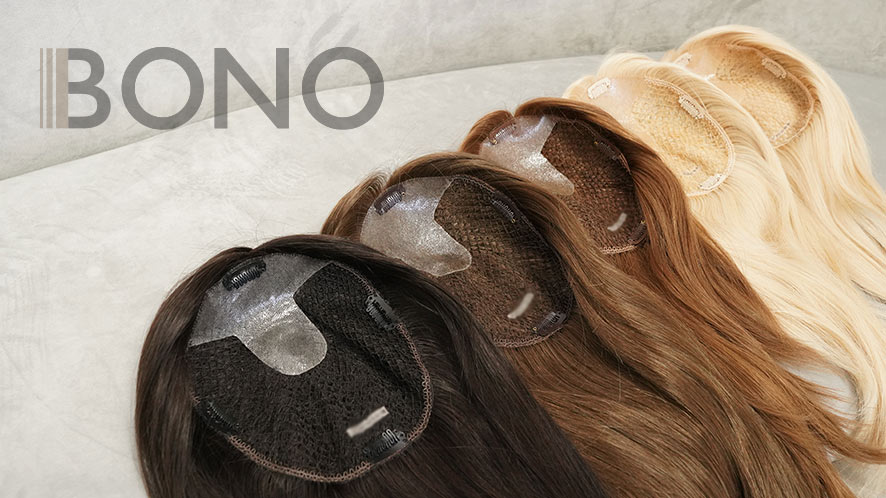
Bono Hair tops in the hair replacement game. They are known for making and giving out top-notch hair systems and wigs for everyone. Bono Hair has loads of experience, and people trust us for quality. They are reliable for great hair fixes. Their passion for great products goes hand-in-hand with our promise of consistency, fair prices, and awesome customer care. They have a broad collection of services to meet our client’s different needs. This includes bulk buyers, salon owners, to those starting their hair replacement ventures.
Conclusion
If you crave a neat, modern look or you can’t tame your curls, plenty of hair straightening techniques are there. They offer quick fixes and lasting changes using heat or chemicals. All methods have unique pros and cons. So, it’s important to pick the right one for you. It could be a DIY method or a professional service. Being aware of choices helps you decide. If you need a high-end hair replacement, try Bono Hair. They have many top-notch options like lace, skin, mono hair systems, and wigs. Bono Hair’s rich experience and dedication to quality ensure customized solutions for different needs.











